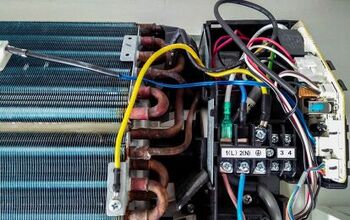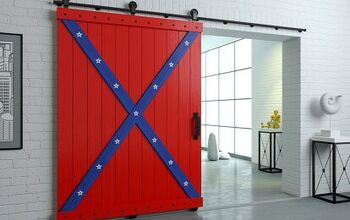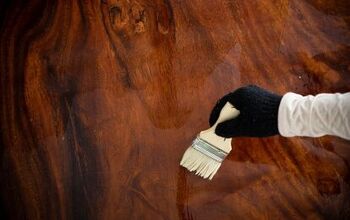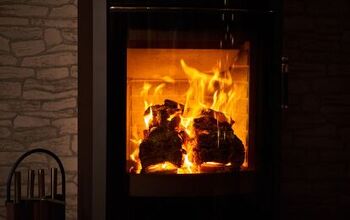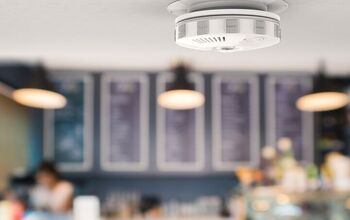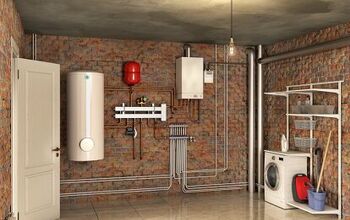How To Know If You Have A Brown Recluse Infestation

The sight of even a single brown recluse spider is enough to make many people feel disgusted. They look monstrous, and most people who live in areas where they’re common know about their dangerous bites. However, you may still be unsure about how to know if you have a brown recluse spider infestation.
Regular brown recluse sightings can tell you that you may have a brown recluse infestation. That’s especially true if you find egg sacs and baby brown recluse spiders in your house. You can help keep brown recluse spiders out of your house if you declutter and regularly treat your home with pesticides containing cyfluthrin and lambda-cyhalothrin, among other chemicals.
You must take brown recluse spiders seriously if you live in an area where they’re common. Their bites are dangerous when left untreated, and it’s worth having your house treated with chemicals to avoid this. Follow along as we explore how to know if you have a brown recluse infestation.
How To Tell If You Have A Brown Recluse Infestation
For many homeowners, distinguishing between an occasional brown recluse spider sighting and an infestation is difficult. However, you can tell the problem has gotten out of hand if you watch out for a few key signs, such as:
1. Regular Sightings
Seeing one or even a few brown recluse spiders doesn’t necessarily mean you have an infestation. However, you can tell that something is wrong if you regularly see brown recluse spiders in different spots at home. Brown recluse spiders often enter homes through cracks and gaps in doors and windows and are frequently alone.
Seeing a few brown recluse spiders in a short period may indicate they entered your home separately. However, the sight of many brown recluses that vary in size can tell you that they have been mating. That’s especially true if you start noticing brown recluse babies in your home.
Unfortunately, the sight of one brown recluse spider baby means there are likely more of them in your house. A female brown recluse spider can produce hundreds of baby spiders in their lifetime. It’s time to call a pest control service if you regularly see brown recluse spiders that vary in size.
2. Strange Webs
Most people are used to traditional spider webs, which catch and eat insects. Spider webs are typically round, symmetrical, and even beautiful, even if you hate spiders. Conversely, brown recluse spider webs are messy, flat, and seemingly uninhabitable.
That’s because brown recluse spiders don’t use their webs to nest and catch prey. Instead, they use their webs to hide during the day and even lay egg sacs. They aren’t sticky like most spider webs, and they are often concealed in dark spaces, like corners and behind furniture.
You may find several types of spider webs in your home if you live in a wooded area. Pay attention to the differences between the spider webs in your home. Look up pictures of brown recluse spider webs and note how distinct they are compared to jumping spider webs.
3. Low Flying Insect Population
Did you previously have a large insect population in your home that recently decreased? If so, that could be because brown recluse spiders are killing the insects in your home. Brown recluse spiders eat a variety of insects, and that’s often what draws them into homes.
They eat everything from crickets and cockroaches to flies, moths, and other spiders. Don’t rush to celebrate when you notice fewer bugs in your home, as it may be due to brown recluse spiders. Brown recluse spiders can eat a few bugs per day, so the pest population can quickly decrease.
However, you must consider a few other possibilities before jumping to conclusions. For example, the lower bug population may be because of the time of year, such as winter, when there are fewer insects. That said, a low pest population paired with brown recluse spider sightings can indicate a spider infestation.
4. Egg Sacs
The last thing you want to see as an arachnophobe homeowner is a brown recluse spider egg sac. Each egg sac can hold as many as 50 babies in only a month. Brown recluse spiders often create several egg sacs and store them near each other.
However, they sometimes scatter egg sacs throughout different parts of your home. That’s especially true if you have more than one mature female brown recluse spider in your house. They typically create egg sacs in their webs and stand guard beside them.
You will likely find brown recluse egg sacs in your garage, closet, basement, or attic. Safely destroy brown recluse egg sacs if possible, but only if you don’t see a mature spider next to them. Otherwise, you can call a pest control service if you’re worried about your brown recluse infestation.
5. Bites
Bug bites are common, and many people don’t think much of them. However, there are many risks associated with brown recluse bites, and that’s enough to scare anyone. They typically bite people when they feel threatened, despite not preying on humans.
For example, brown recluse spiders often hide in shoes and bite people when they put their shoes on. They don’t do this to hurt people, but instead, they defend themselves because they think you’re going to kill them. This also happens when they hide in clothing or even the sheets on your bed.
Familiarize yourself with brown recluse bite symptoms to ensure you know when it’s time to get help. Your best bet is to catch the bite early, so you can get help before the wound gets worse. After all, brown recluse bite wounds can become necrotic, and that can cause severe health complications.
Where Do Brown Recluse Spiders Hide?
Brown recluse spiders typically hide in dark, compact spaces. This can include cabinets, drawers, closets, basements, crawlspaces, attics, and garages. The more cluttered your home is, the more likely you are to find a brown recluse hiding.
Messy areas attract brown recluse spiders because of the potential for great hiding spots. Cut down on cardboard boxes, as brown recluse spiders love hiding in them. However, you must be careful when decluttering if you know you have a brown recluse spider infestation.
They mostly only lash out and bite people when they feel disturbed or caught. Ideally, you should wear thick gloves before cleaning problematic areas to protect yourself from bites. After decluttering, it’s worth calling a pest control service to provide preventative treatment and keep brown recluses out of your house.
Should You Go To The ER For A Brown Recluse Bite?
You should go to the emergency room for a brown recluse bite to be safe. Necrosis is the biggest risk associated with brown recluse bites, and it can set in within days. This means that the tissue around the bite may die, which can cause serious health complications.
It’s a great idea to visit the ER after a brown recluse bite to get it treated as early as possible. Purple discoloration in the area can tell you that you may be in the early stages of necrosis. Keep in mind that not all brown recluse bites are dangerous.
Not all brown recluse bites contain venom, and some are considered “dry bites”. Some people get small doses of venom and have mild reactions to brown recluse bites.
Summing It Up
Regular sightings and egg sacs can tell you that you may have a brown recluse spider infestation in your house. Misshapen, messy webs are also signs that the spiders you’re seeing are brown recluses. You’re more likely to find brown recluses at home if your house is full of clutter and cardboard boxes.
Related Guides:

Nick Durante is a professional writer with a primary focus on home improvement. When he is not writing about home improvement or taking on projects around the house, he likes to read and create art. He is always looking towards the newest trends in home improvement.
More by Nick Durante

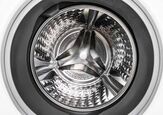



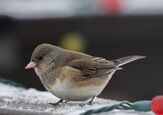

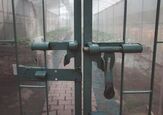
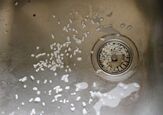

![10 Best Electric Pressure Washers – [2022 Reviews & Guide]](https://cdn-fastly.upgradedhome.com/media/2023/07/31/9070600/10-best-electric-pressure-washers-2022-reviews-guide.jpg?size=350x220)

